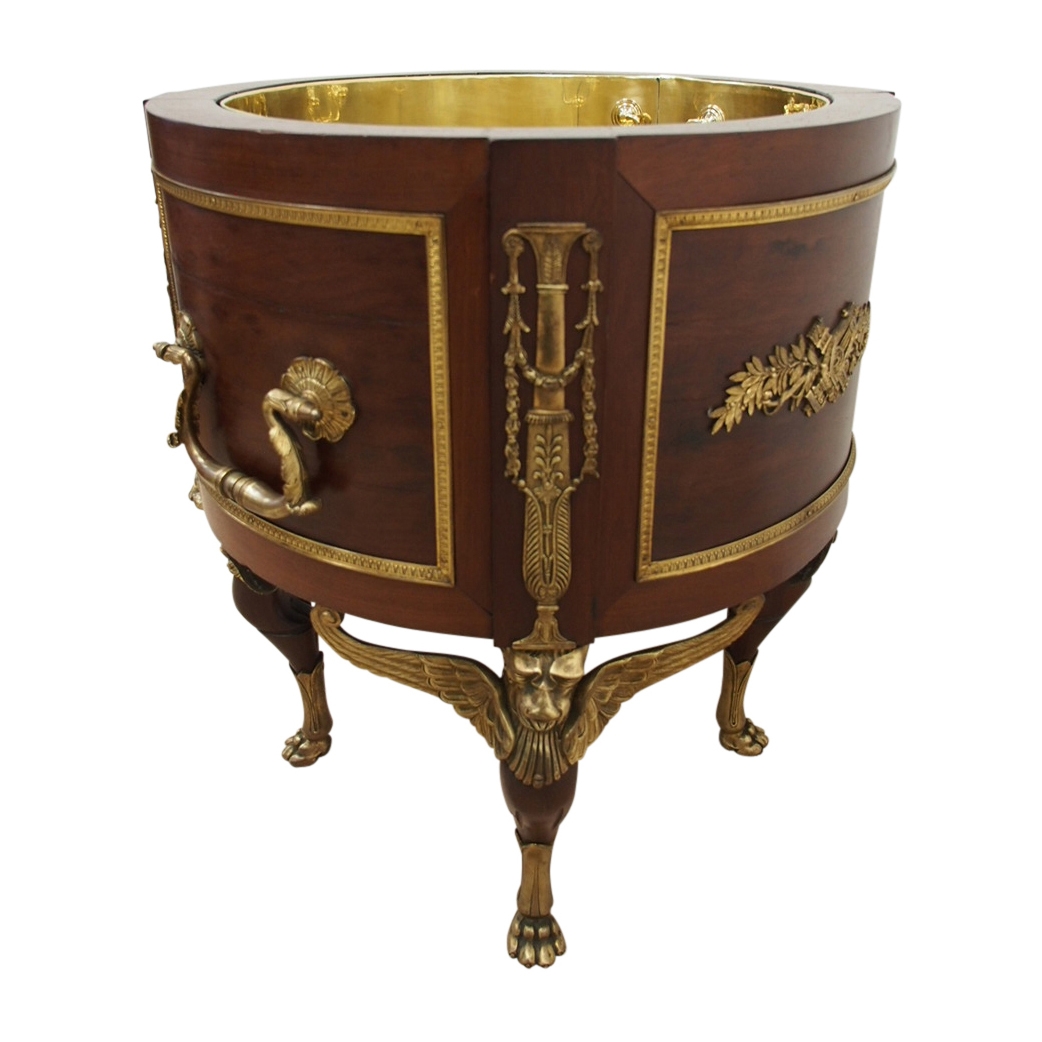Directory and moreAll AntiquesFurnitureSilverArtJewellerySalvageClocksMirrorsChairsGlassCeramicsDirectory and moreBedsBookcasesCabinetsChairsChest of DrawersCupboardsDesksDressersDressing TablesSideboardsStoolsTablesWardrobesBasketsBowlsBoxesCandlesticksCard HoldersCoastersCoffee PotsCondimentsCutleryDecanter LabelsDishesSpoonsVasesCityscape ArtContemporary ArtDrawingsEaselsLandscape ArtMarinescape ArtMiniaturesOil PaintingsPastelPortraitsSeascape ArtStill LifeWatercoloursAntique Bracelets & BanglesBroochesCufflinksDiamond RingsEarringsEngagement & Wedding RingsJewellery BoxesLocketsNecklacesPendantsRingsSets - Demi ParureSolitaire RingsBathsChimneysColumnsDoor Handles / Door Stops / Door KnockersDoorsFireplacesFlooringIndustrial antiquesLocks / KeysReclaimed & Industrial LightingReclamationWindowsBracket ClocksCarriage ClocksClock SetsCuckoo ClocksDial ClocksFusee ClocksGrandfather ClocksLongcase ClocksMantel ClocksPocket WatchesSkeleton ClocksWall ClocksWatchesConvex MirrorsDressing MirrorsDressing Table MirrorsFrench MirrorsGilt MirrorsLarge MirrorsOval MirrorsOvermantle MirrorsPier MirrorsSwing MirrorsToilet MirrorsVictorian MirrorsWall MirrorsArmchairsClub ChairsCorner ChairsCountry ChairsDesk ChairsDining ChairsHall ChairsKitchen ChairsLibrary ChairsOffice ChairsPair of ChairsRocking ChairsWing ChairsAntique Drinking GlassesChampagne GlassesDecantersEpergnesGlass BowlsGlass CruetGlass DishesGlass InkwellGlass JugsGlass SculpturesGlass VasesScent BottlesTantalusAnimal FigurinesBlue and WhiteBowlsChargersChinaCoffee Pots & SetsDinner ServiceDishesFigurinesJugsTea Pots and SetsVases (Ceramic)Business DirectoryLoveAntiques DealersHome & LivingBlogMaterialsPeriodsArtisansOriginsGifts For HimGifts For Her

Georgian Antiques

Established 1978, and situated in Edinburgh, we are one of Scotland’s leading antique dealers. We are members of LAPADA and CINOA, and have featured in several national magazines, papers and television.
With a huge variety of stock across our five storey warehouse and a dedicated online/web team, we can provide you with friendly, quick service and help you find the antiques you are looking for! We deliver our pieces worldwide and can offer competitive quotes - email us today to find out more.
LoveAntiques Dealersince Jan 2018Approved item2866 sales by dealer
Empire Revival Mahogany & Ormolu Mounted Jardiniere c.1900
REF: 24537 / LA103808
£5,250
€5,976
$7,005
LoveAntiques Dealersince Jan 2018Approved item2866 sales by dealer
Description
This is a large Empire Revival mahogany and ormolu mounted circular jardiniere with a brass lining, that was recently made to its exact specifications. The main body has 4 panels, with 2 large well cast lifting handles with acanthus leaves to the side and a carved cast flower head to the back plate, with a central drop section. This is held in the fielded panel with fine ormolu beading in a stylish pattern, and continues across the piece. The 2 panels without lifting handles have a large motif of flowers, and flowering fruit. Between each of the panels there is a cast upright in the form of a vase with swags and tails falling from the top down. The jardiniere stands on 4 legs, each of them in the form of a winged lion on a podium with a cast head, wings and mahogany body. It is shaped and curved and standing on a stylish animalistic foot.
There is an inventory number on one of the facings ‘X954’. The jardiniere liner is removable and is water tight so can be used for flowers or as a wine cooler.
Provenance: Kinloch Castle, Isle of Rum, Scottish Highlands. The castle was built in 1900 by George Bullough, and as well as being the first private house in Scotland to have electricity, no expense was spared during construction or decoration. This jardiniere was part of the original furnishing in the Empire Room.
measurements
Height:
67.5 cm
Width:
58 cm
Depth:
58 cm
declaration
Georgian Antiques has clarified that the Empire Revival Mahogany & Ormolu Mounted Jardiniere c.1900 (LA103808) is genuinely of the period declared with the date/period of manufacture being c.1900
additional info
Category:
Origin:
Date of Manufacture:
c.1900
location
This Empire Revival Mahogany & Ormolu Mounted Jardiniere c.1900 is located in Midlothian (County of Edinburgh), United Kingdom
Share:
Ask a question
Please note,
This dealer does not accept instant online payment for this item.
To buy this item please email the dealer using the enquiry form below.
A selection of items from Georgian Antiques
Georgian Antiques has 1833 items available.Georgian Antiques
Mid-victorian Figured Walnut, Two-section, Tall Open Bookcase
£ 1,790
€2,038
$2,388
Georgian Antiques
4 Large Wooden and Iron Wheels
£ 300
€341
$400
Georgian Antiques
Pair of Regency Style Scumbled & Gilded Window Seats
£ 2,500
€2,846
$3,336
Georgian Antiques
Pair of Carey 12-inch Terrestrial & Celestial Floor Globes
£ 15,000
€17,075
$20,015
Georgian Antiques
Victorian Walnut Lockable Sowing Box
£ 300
€341
$400
Georgian Antiques
A Six-arm EPNS Candelabra
£ 450
€512
$600






